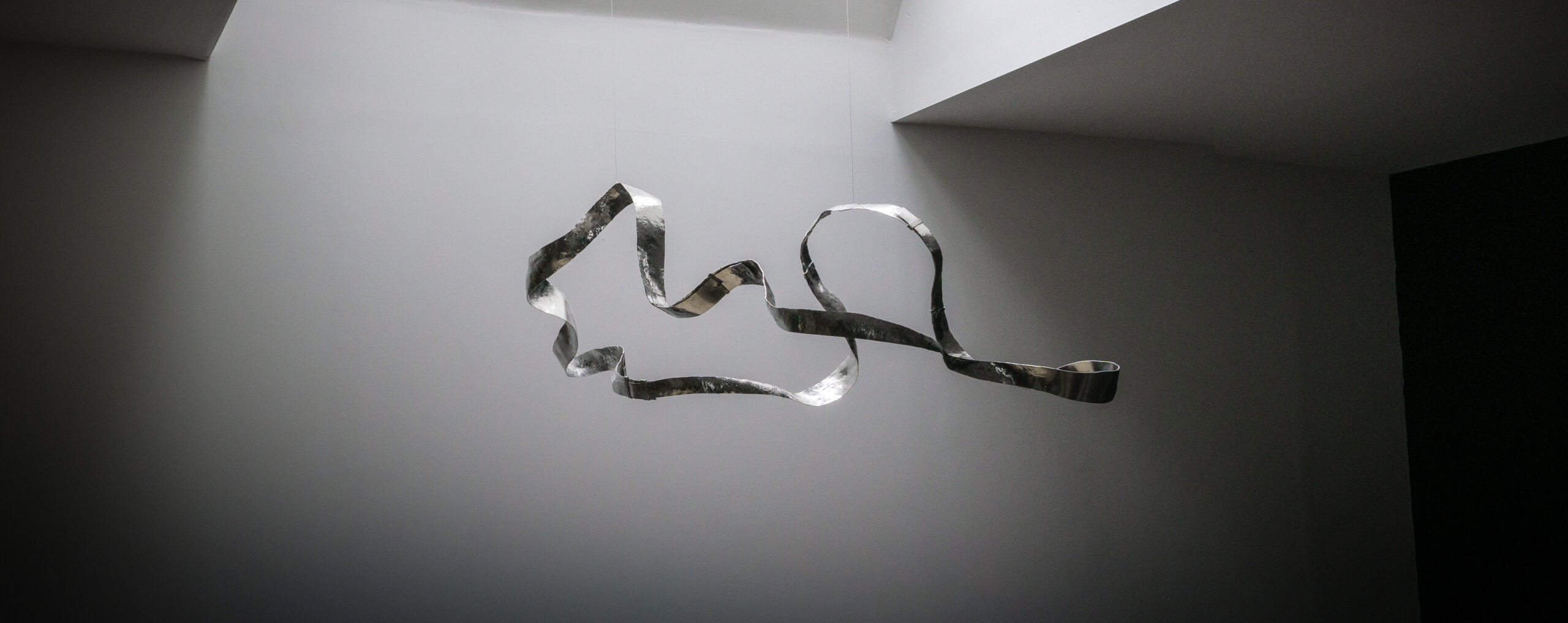New York-based gallerist Valerie Goodman empowers emerging artists and helps to shape their vision, and her ongoing collaboration with French designer Jacques Jarrige – including a new coffee-table book – is testament to her talents
Talent very rarely exists in isolation. Rather, it takes the vision of the people who surround an artist to bring important work to the attention of the world – and the relationship between artist and gallerist is a particularly important one, offering an opportunity for dialogue and collaboration that can push creative output in new and exciting directions. It’s this approach that lies at the heart of Valerie Goodman Gallery, a pioneering gallery in Manhattan that showcases emerging artists whose work blurs the line between decorative and fine arts.
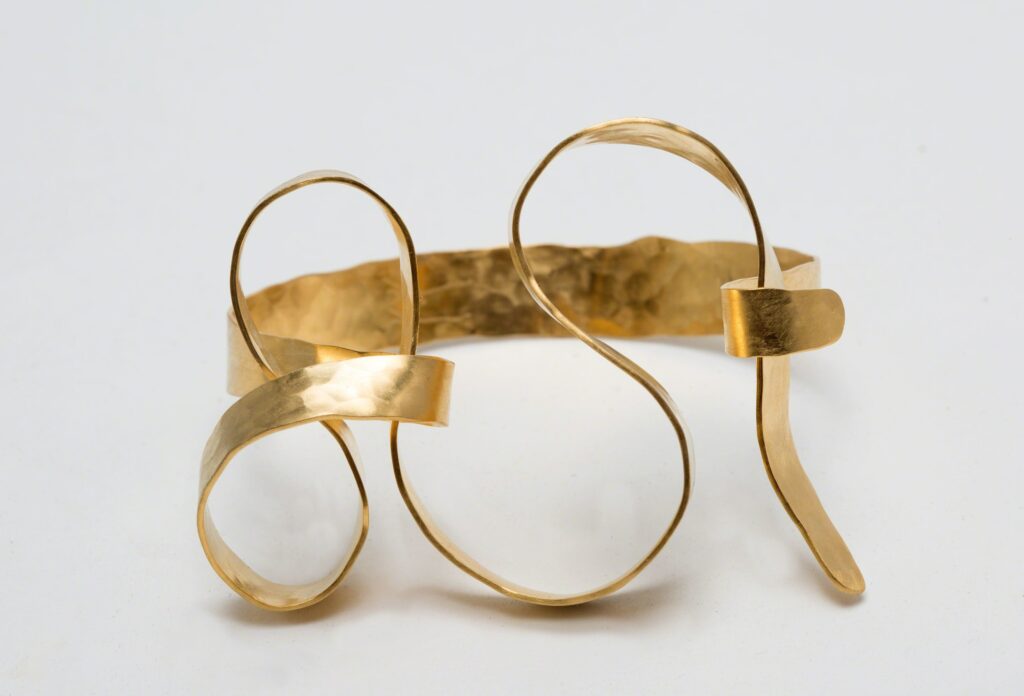

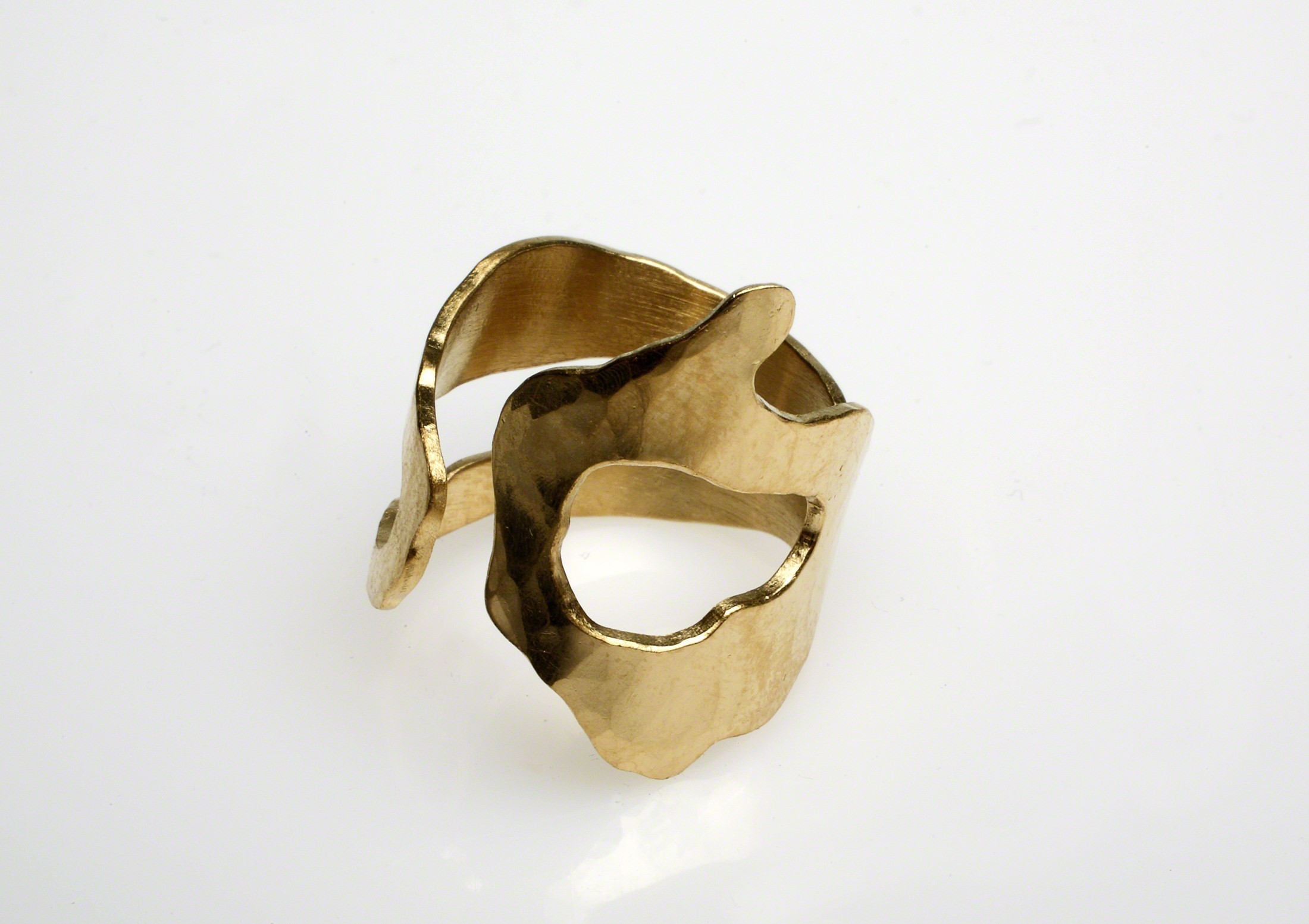
The eponymous gallery is led by Valerie Goodman, who grew up in Paris with an American father who painted and a French mother with a passion for antiques. She was inevitably drawn to the creative arts, but her real interest lay in understanding human nature and relationships. She studied French Literature at university, but spent her spare time managing and promoting musicians. “I felt a necessity to be involved with the art world even though I’m not an artist myself,” she recalls. “Early on, I knew I had a talent to enable artists.”
I felt a necessity to be involved with the art world even though I’m not an artist myself. Early on, I knew I had a talent to enable artists.
Valerie Goodman, founder, the Valerie Goodman Gallery
Goodman moved to New York in 1983, where she continued to work with musicians, and then later on with filmmakers and photographers. Eventually she found herself assisting at a gallery selling 20th-century French and Italian design. While she had never before imagined herself as a gallerist, she was immediately captured by the world of the decorative arts as a way to reconnect with her roots in France. “It also opened my mind to a talent I didn’t know I had – being able to run my own business,” she says. “And, at some point I was ready to find my own voice and open a gallery under my name.”
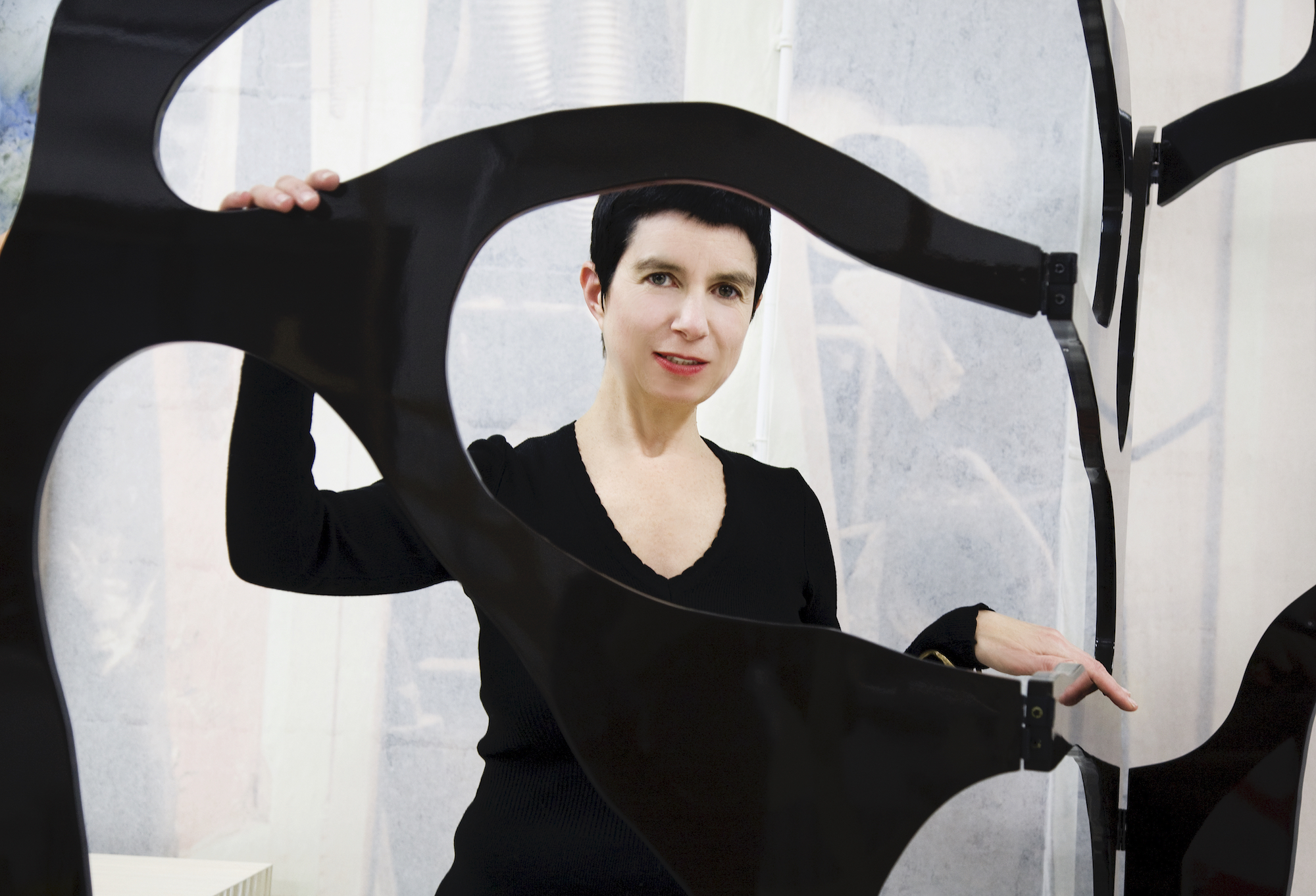
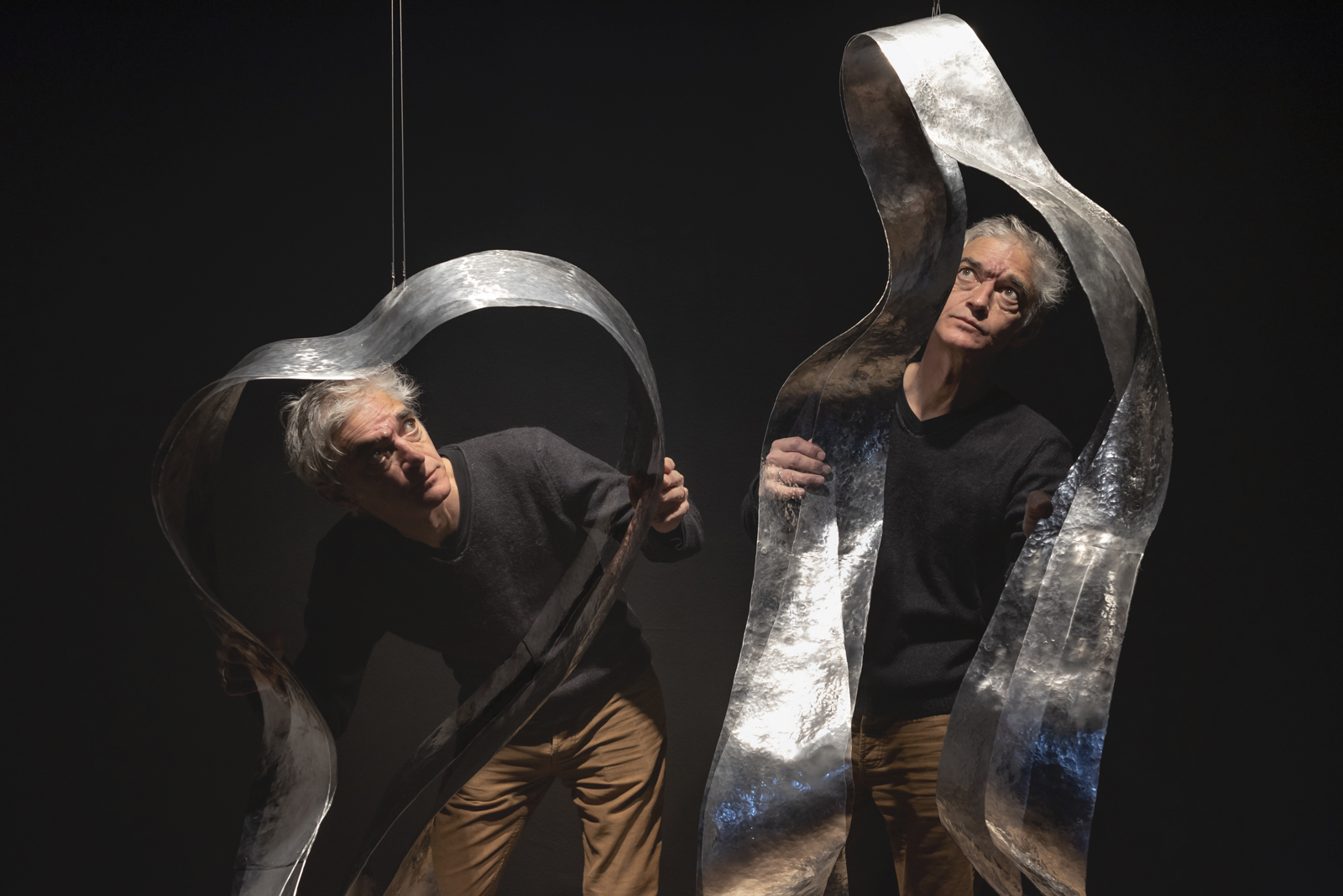
For her first exhibition at her Upper East Side gallery, Goodman represented two new French talents: Jacques Jarrige and Eric Schmitt. Since those early days, she has gone on to work with designers from around the world, as far afield as America, Georgia and Argentina, all united by their status as emerging artists and focus on thoughtful, craft-led work. “I’m more interested in introducing unknown artists as it gives me a chance to help define their work, expand their career, and develop their talent,” she explains. “It’s what I’m good at.”
Importantly, these relationships are lasting ones, allowing a meaningful dialogue to evolve. Goodman and Jarrige, for example, have been collaborating for more than 12 years. In his first exhibition for Valerie Goodman Gallery, the designer showcased a series of functional cloud tables – amorphous coffee tables that play with volume, negative space, and visual weight. Visiting his studio, Goodman noticed the jewellery that he made for family and friends – meandering ribbons of gold that snake sinuously around the body – and encouraged him to pursue more sculptural work with the same gestures as the jewellery at a larger scale.


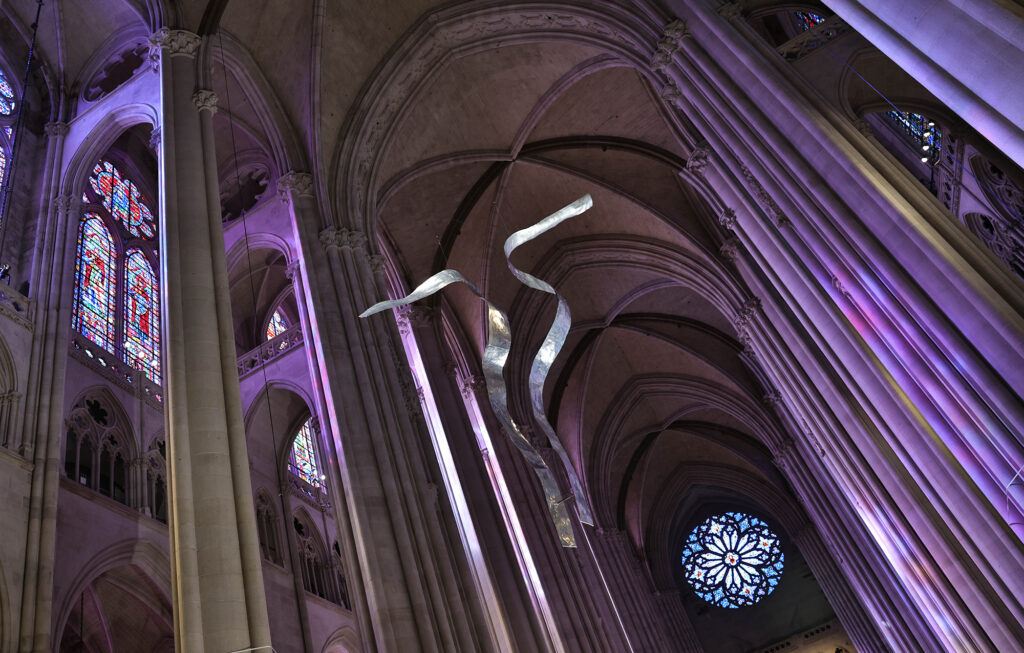
In 2014, Goodman even entrusted Jarrige with the design of her home and, more recently, he designed the interior of Goodman’s gallery space in Manhattan. In both spaces, he has crafted a series of plywood partitions, built-in shelves, decorative artworks, and furniture such as beds, chairs, sofas, and desks. “It almost feels like living in someone else’s mind,” reveals Goodman. “I handed myself over completely to Jacques’ aesthetic.”
Evidently – as in all truly great partnerships – the trust goes both ways. “These conversations with the gallerist are so important,” agrees Jarrige. “It is also equally important to have a dialogue with the materials and the making of a piece – it’s during the realisation of a work and the gestures of the handmade that you find your vocabulary as an artist.”
In keeping with this ideal, Jarrige is self-taught and he crafts his work himself, rather than collaborating with other artisans – and the same can be said for most of the other artists represented by Goodman. Take, for example, Jarrige’s sinuous hand-hammered aluminium chandeliers, Schmitt’s delicate hand-blown glass and metal vases, or Claire de Lavellée’s richly textured ceramics.
These conversations with the gallerist are so important. It is also equally important to have a dialogue with the materials and the making of a piece.
Jacques Jarrige
Jarrige’s studios and workshops in France are testament to this: an organised chaos of tools, maquettes, sketches, material experiments, and works in progress. “To make art is like breathing for me,” he says. “I want to connect with myself, and I also want to have a relationship with other people through my art.”

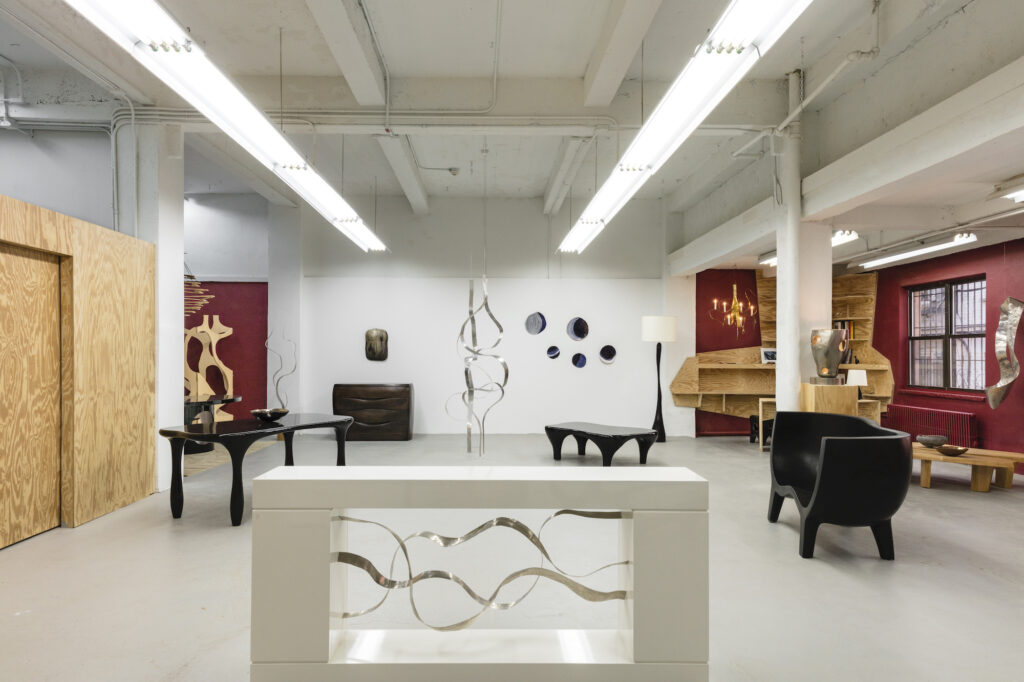
Over the years, Jarrige has become the gallery’s central artist and Goodman recently published a book that marks the 12th anniversary of the duo’s partnership. This mid-career survey of the artist’s works is p roduced with the same care and attention to detail as the objects exhibited within the gallery. In keeping with the theme of important relationships and the way they can push us in new directions and discover things we never knew about ourselves, the book features seven chapters by Goodman and other collaborators – including curator and art historian Glenn Adamson, award-winning French novelist Maylis de Kerangal, and Guy, a long-time participant in Jarrige’s workshops – that explore his life, process, and work.

“We had got to a point where we wanted to share our journey and show Jacques’ work as well as my work and the shared process of becoming an artist and a gallerist,” explains Goodman. “We didn’t want to do a catalogue because that felt dead. We wanted to show that our relationship is alive and constantly evolving.”
In stepping back and taking stock of the path they have travelled as a creative team, Goodman and Jarrige were able to not only gain a greater understanding of their own work but also the role of art itself. They believe the role that artists play is more essential than ever, a way to make sense of our seemingly ever-more tumultuous world and to understand our place in it. “Art has the power to make us really think about what is happening in the world,” says Goodman. “It offers hope for humanity.” And, alongside the artists who conceive these ideas, we need people, like Goodman, who can help to give the work a life and voice outside of the artist’s studio.
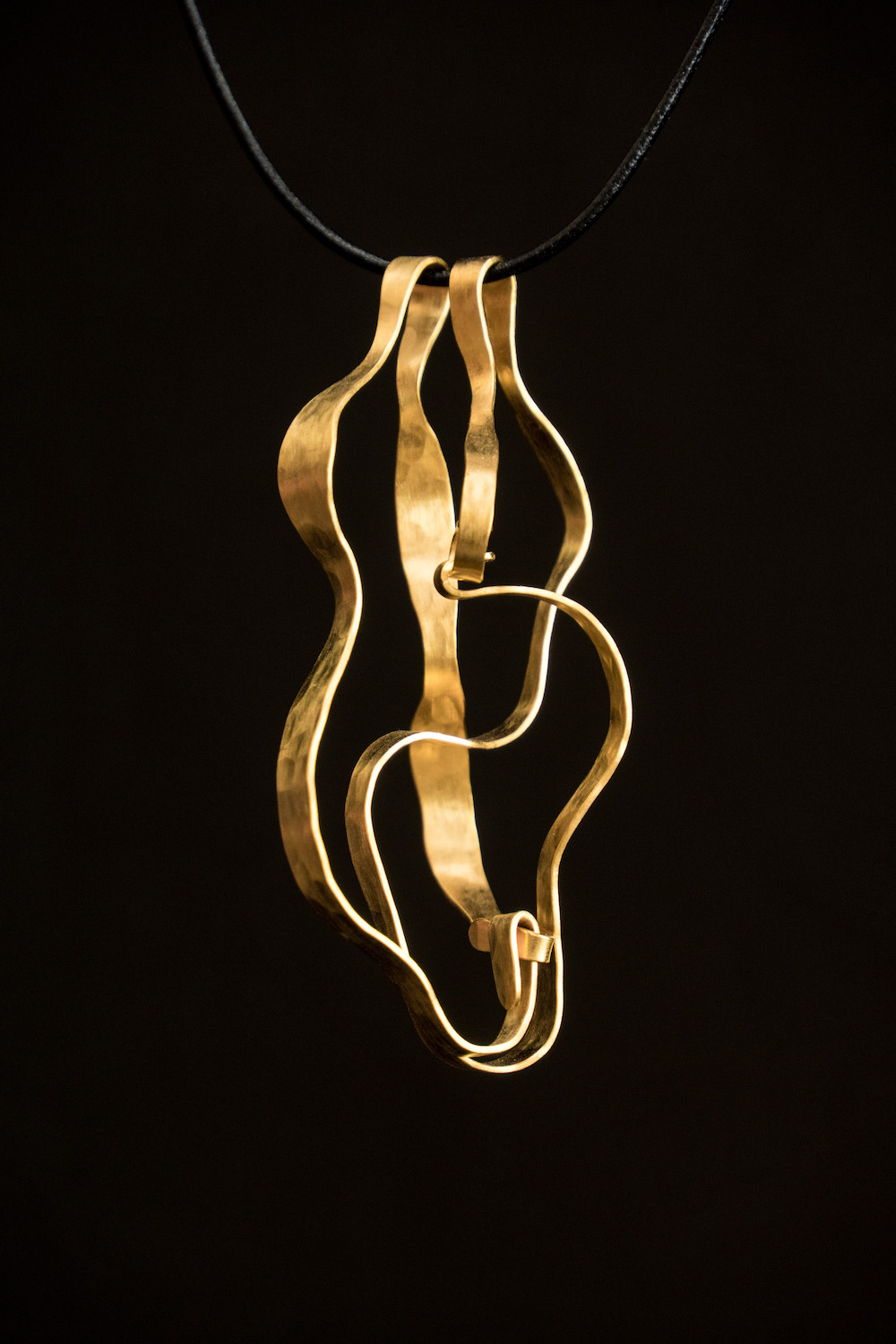

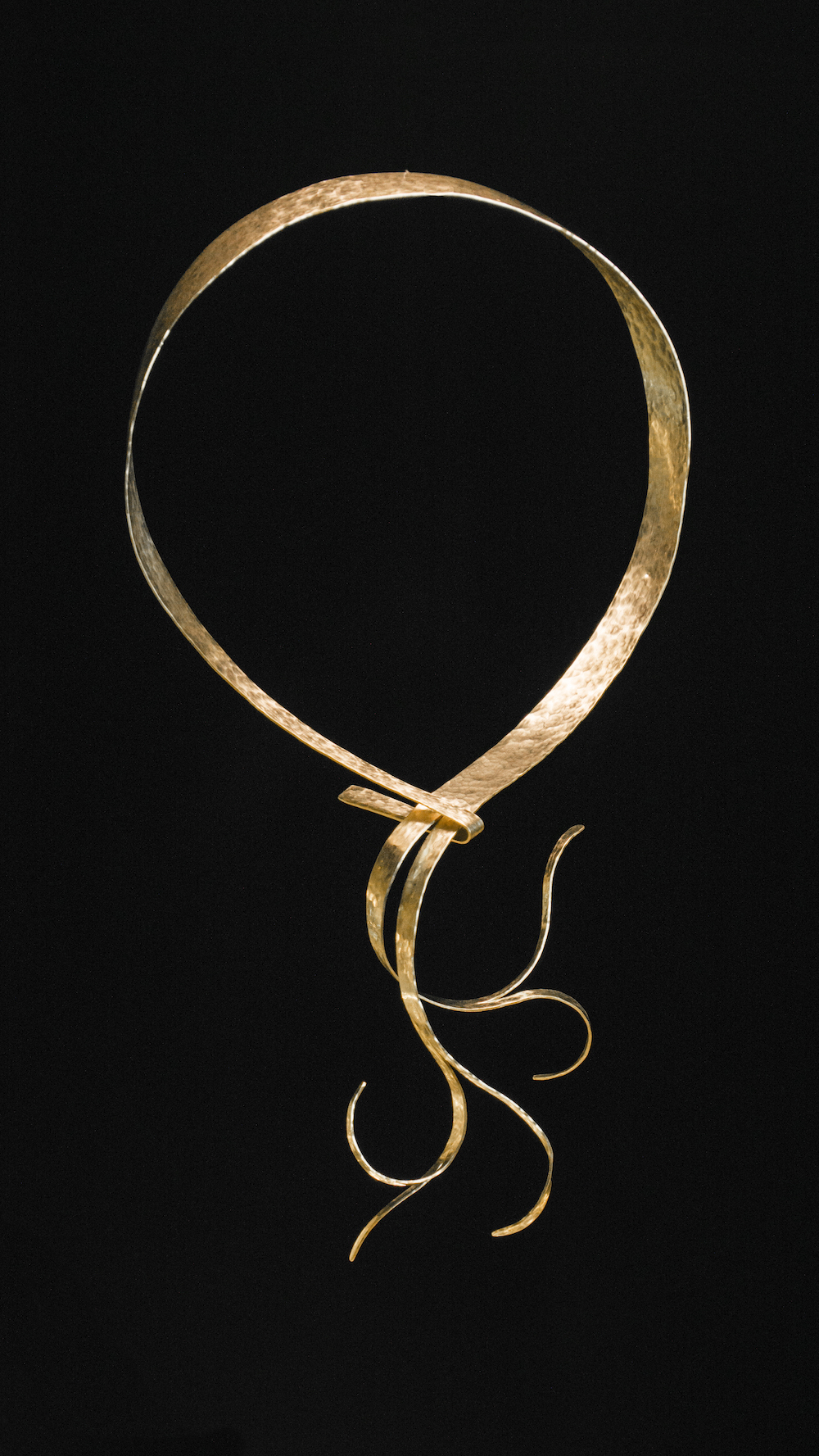
Effect Magazine is brought to you by Effetto



